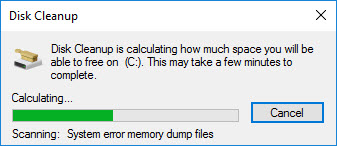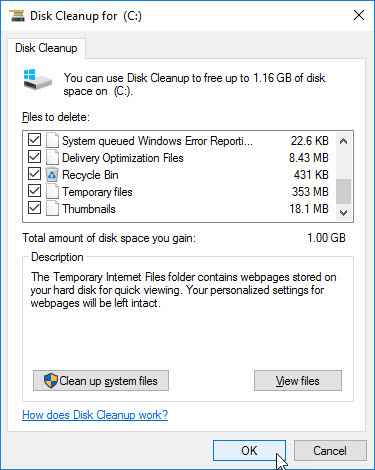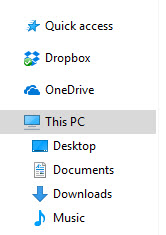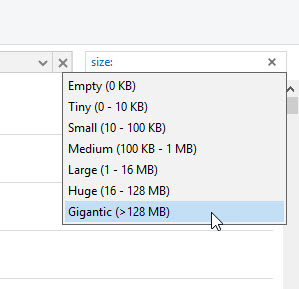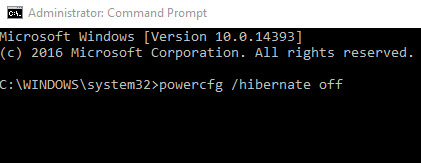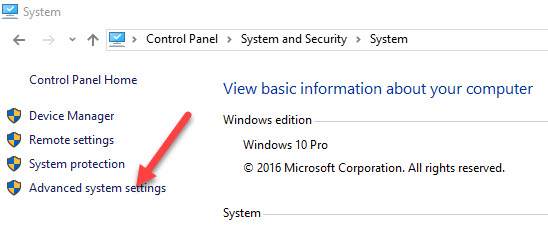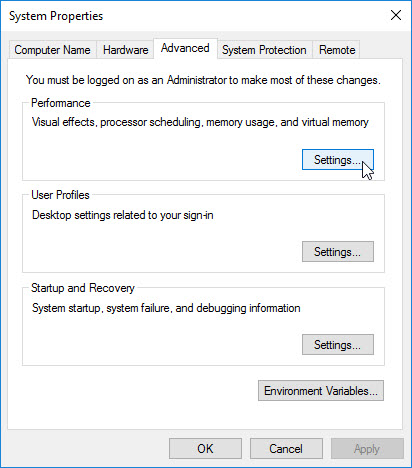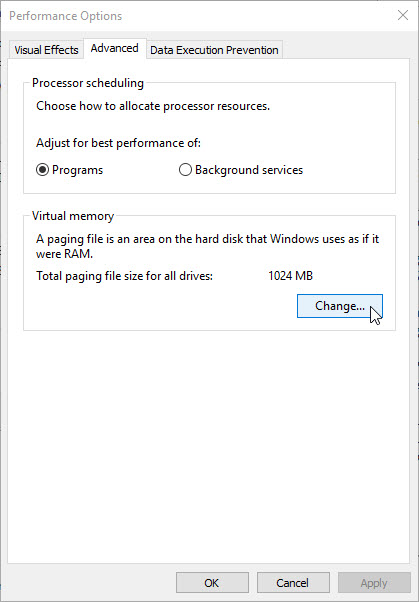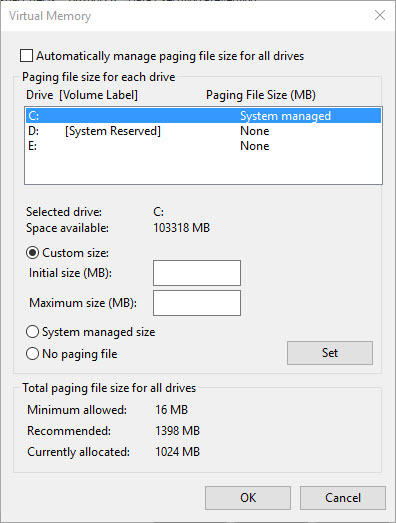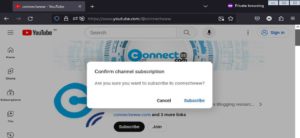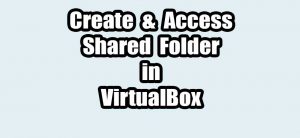Hard drives are getting larger but it can also fill up faster these days. So, friend please follow the below tips to clean and free up windows 10 by removing the unwanted junk files from your hard drive.
1. Disk Cleanup Tool
Windows 10 comes with a free tool called Disk cleanup. It automatically find and delete unnecessary files to free up disk space. To open it go to windows 10 search box and type Disk Cleanup and click the Disk Cleanup tool. It will open the Disk cleanup Drive selection window.
Just select C Drive and click the Ok button. Then wait some time.
Check all the types of files you want to delete. All files can be safely removed. And click OK button.
Then click the Delete Files button to confirm the delete process. It will delete all files.
2. Find and Remove large unwanted files
Open Windows file manager and click the This PC from the left sidebar.
In the file manager search box type
size:
Then select Gigantic(>128MB)
Just wait a few minutes until the status bar finishes filling the top of Windows to search your computer. Scroll down and select large unwanted file and delete it. To ease the process, in the View tab click the Details button from top bar and then click size to sort it by size.
3.Disable Hibernation and reduce the Page file size.
Hibernation is a state of deep sleep where the contents of your RAM are saved to the hard drive. For this hibernation feature, the windows 10 system will create hiberfil.sys file in your windows installation drive. If your disable the hibernation feature in your laptop you will save some space. To disable it, Open a Command prompt by typing cmd in the search box and right click on it and select Run as administrator. It will rum Command prompt administrator.

And type the below command and hit enter.
powercfg /hibernate off
In Windows 10, the Pagefile is used for caching and it is eats a lot of memory. If you have plenty of memory installed you don’t need this. So you can lower it to save some space on your system.
Open the windows Control Panel and select go to System and Security-> System. Then select the Advanced System Settings menu.
Under Performance section, Click the settings button it will open the Performance Options window.
The switch to the advanced tab and click on the change button under Virtual Memory.
Here you can change the paging file size for each drive. You may change it by selecting a drive, switching to custom size, and adding initial size and maximum size values. And disable the page file for secondary hard drives as well.


